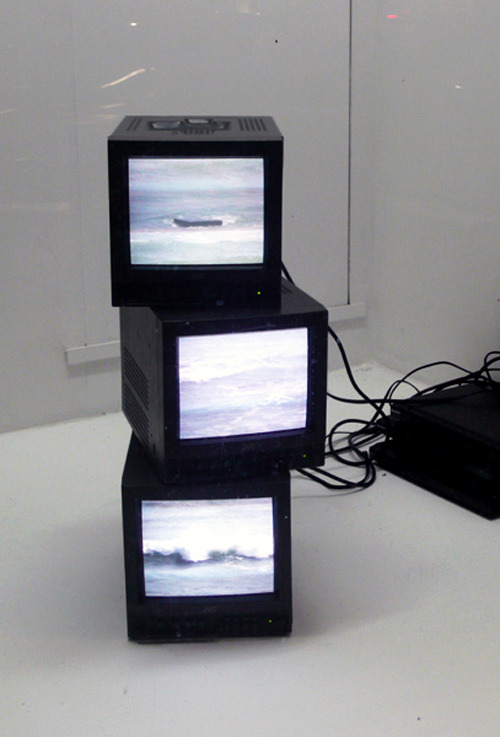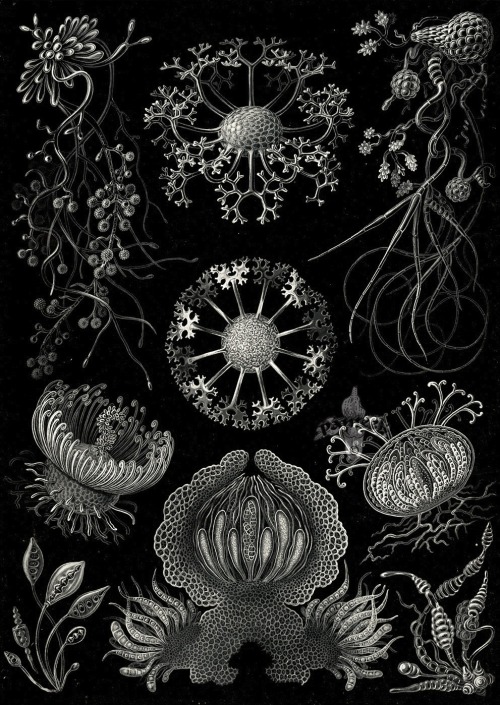Physicists Resolve Long-standing Mystery Of Structure-less Transition

Physicists resolve long-standing mystery of structure-less transition
We normally associate conduction of electricity with metals. However, some of the high measured conductivities are found in certain organic molecular crystals. Metallic, semiconducting and even superconducting properties can be achieved in these materials, which have interested scientists for decades. Changing temperature or pressure causes phase transitions in the crystal structure of molecular conductors and their related conduction properties. Scientists can usually determine the crystal structure using X-ray diffraction. However, structural change accompanying phase transition in a particular organic crystal (TMTTF)2PF6 has defied examination for almost 40 years.
Now, a research team at Nagoya University has finally explained the mysterious structural changes of this phase transition and its related electronic behavior.
“Researchers have questioned that the TMTTF (tetramethyltetrathiafulvalene) salt shows a charge disproportionation transition at 67 Kelvin but no relevant changes in its crystal structure. This transition is a long-standing mystery known as a ‘structure-less transition’,” explains lead author Shunsuke Kitou.
Read more.
More Posts from Hannahhaifisch and Others
https://player.vimeo.com/video/129003674
Hannah Reber, "Fragezeichen V4", 2015, part of multiple-screen video installation

Latest SDO PFSS image for: AIA 0171

Scientists discover a 2-D magnet
Magnetic materials form the basis of technologies that play increasingly pivotal roles in our lives today, including sensing and hard-disk data storage. But as our innovative dreams conjure wishes for ever-smaller and faster devices, researchers are seeking new magnetic materials that are more compact, more efficient and can be controlled using precise, reliable methods.
A team led by the University of Washington and the Massachusetts Institute of Technology has for the first time discovered magnetism in the 2-D world of monolayers, or materials that are formed by a single atomic layer. The findings, published June 8 in the journal Nature, demonstrate that magnetic properties can exist even in the 2-D realm – opening a world of potential applications.
“What we have discovered here is an isolated 2-D material with intrinsic magnetism, and the magnetism in the system is highly robust,” said Xiaodong Xu, a UW professor of physics and of materials science and engineering, and member of the UW’s Clean Energy Institute. “We envision that new information technologies may emerge based on these new 2-D magnets.”
Xu and MIT physics professor Pablo Jarillo-Herrero led the international team of scientists who proved that the material – chromium triiodide, or CrI3 – has magnetic properties in its monolayer form.
Read more.
ESIST.Tech/tv/ recommends | Physics | CERN: The Big Bang Machine | https://esist.tech/tv/

0009

The Meteor Shower Of 1833


Hexagons and rhombis spreading out









Ernst Haeckel. Hexacoralla, Ascomycetes, Lichenes, Phaeodaria, Ophiodea, Spumellaria, Basimycetes, Diatomea, Amphoridea. Kunstformen der Natur (Art Forms in Nature). 1899-1904.
-
 readasaur liked this · 6 years ago
readasaur liked this · 6 years ago -
 dragonkinglover reblogged this · 6 years ago
dragonkinglover reblogged this · 6 years ago -
 dragonkinglover liked this · 6 years ago
dragonkinglover liked this · 6 years ago -
 devourer-of-acetone reblogged this · 7 years ago
devourer-of-acetone reblogged this · 7 years ago -
 heywa reblogged this · 7 years ago
heywa reblogged this · 7 years ago -
 frankalcantara liked this · 7 years ago
frankalcantara liked this · 7 years ago -
 illegal-driftwood liked this · 7 years ago
illegal-driftwood liked this · 7 years ago -
 hannahhaifisch reblogged this · 7 years ago
hannahhaifisch reblogged this · 7 years ago -
 hannahhaifisch liked this · 7 years ago
hannahhaifisch liked this · 7 years ago -
 geeky-bookworm-nerd reblogged this · 7 years ago
geeky-bookworm-nerd reblogged this · 7 years ago -
 geeky-bookworm-nerd liked this · 7 years ago
geeky-bookworm-nerd liked this · 7 years ago -
 sciencenerd4-blog liked this · 7 years ago
sciencenerd4-blog liked this · 7 years ago -
 shives-and-chives liked this · 7 years ago
shives-and-chives liked this · 7 years ago -
 portalperson reblogged this · 7 years ago
portalperson reblogged this · 7 years ago -
 portalperson liked this · 7 years ago
portalperson liked this · 7 years ago -
 nonscienceinc reblogged this · 7 years ago
nonscienceinc reblogged this · 7 years ago -
 materialsscienceandengineering reblogged this · 7 years ago
materialsscienceandengineering reblogged this · 7 years ago